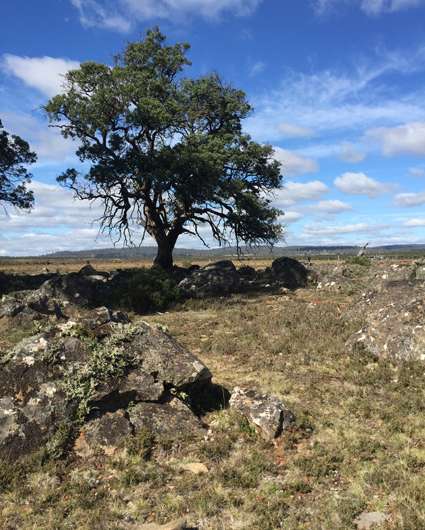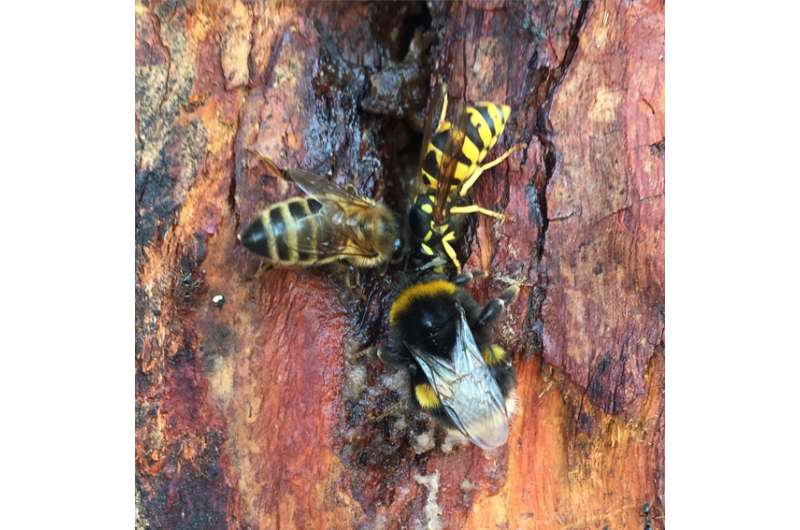Revealing the science of Aboriginal fermentation

Wine researchers at the University of Adelaide are investigating the traditional practices of Australian Aboriginal people in producing fermented beverages and foods.
Although referred to in early European texts, little is known about the processes involved, the yeasts and bacteria at work, or the chemistry, taste and smell of the plants and finished products.
Led by Professor Vladimir Jiranek, Professor of Oenology and Director of the ARC Training Centre for Innovative Wine Production, the research will focus initially on fermentations of cider gum sap (from Tasmania), nectar from Banksia and other native blossoms (from various locations) and quandong roots (from South Australia).
"Although these historic accounts mention such fermentations by Aboriginal people, as far as we can tell none of these processes have been characterised scientifically," says Professor Jiranek.
"Preliminary discussions with members of Aboriginal community groups and historic texts to date have pointed us towards the steeping of nectar-laden flowers such as Banksia or extracts from pandanus nuts in water, which could be then set aside for varying lengths of time. Such materials would undoubtedly ferment to some extent, changing the sensory properties and yielding alcohol, although probably at quite low levels – less than beer."

"Another product arises from the cider gum, a Eucalypt limited to isolated parts of Tasmania which readily produces a sugar-rich sap that was actively sought out by Aboriginal people as well as the local fauna.
"Allowing this material to stand for some time would result in a fermented, cider-like beverage, albeit again of modest alcohol content."
Professor Jiranek says the project represents an opportunity to comprehensively document these and related practices across Australia. The study will improve understanding of the use of native plants and their cultural context.
"There is an important historical and anthropological aspect to the project," Professor Jiranek says. "Some of these processes are not being practised anymore, but there may at least still be people with living memory of them. We're keen to record what we can while still possible."
"The work may also reveal that novel organisms are involved that are unique to Australia, making this an opportunity to identify some new species of yeast and bacteria, perhaps with interesting new properties. We will also characterise the composition of the saps, nectars and various extracts as fermentation substrates while the Australian Bioactive Compounds Centre will determine if bioactive compounds are also present," he says.
Provided by University of Adelaide




















